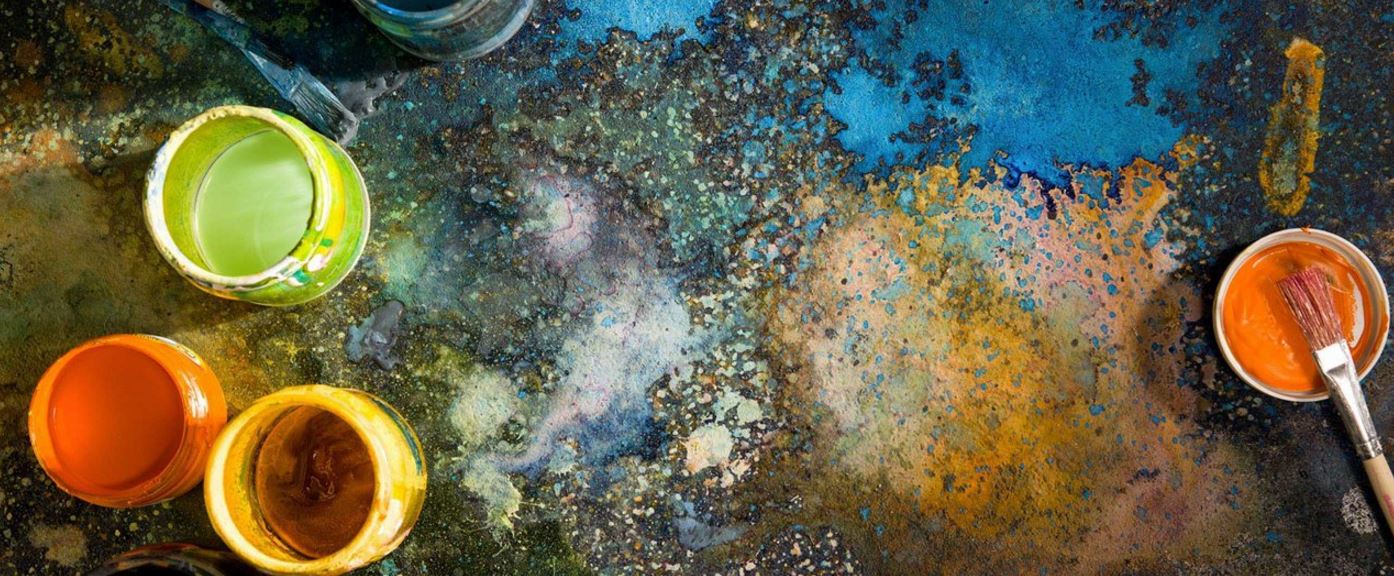

Arts-based research in education is described as the methodical practice of the artistic or creative process. It is the creating of artistic communications utilizing a variety of styles of the arts. This research is being experimented with in modern schools, and experts have found information that is supporting arts-based research in education.
Art-based research creates the impetus to ask educators to begin an examination to figure out what is valuable and to be open to all opportunities for joining in. This research gives students a unique chance to go about figuring things out over the course of a curriculum in their own way.
Have you tried to use arts-based research in your classroom?
Research began with finding the best thing to help students see things more clearly, and what they found out is a process of deconstructing and reconstructing the thing that they are looking at. It will eventually make things easier to figure out. This information leads to very provocative and intimate questions being asked about the project. The kids all seem to have felt that arts-based research is a very successful approach to learning. If this type of learning were anywhere near as successful in future trials, it may very well usher in a new era of learning for kids in the modern era.
For more information on surprising arts-based research in education, read the original article here: Arts-Based Research: Surprise and Self-Motivation
Here’s a children’s art table for those who want to get a head start.




